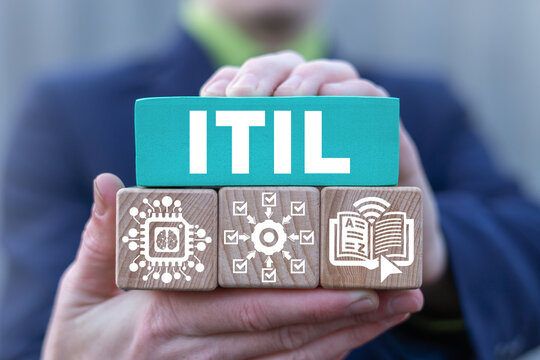
ITIL is an abbreviation for Information Technology Infrastructure Library. It was created to harmonize an organization’s IT offerings. It offers a comprehensive and in-depth step-by-step mechanism for managing IT services. In 1989, the Central Computer and Telecommunications Agency (CCTA) of the UK considered information technology to be a service and created the ITILv1 methodology. The Office of Government Commerce combined CCTA in 2000 and released the ITILv2 in 2001. It was updated in 2011 after being released in 2007. The UK Cabinet Office and Capita PLC established the Axelos organization in 2013. In 2017, ITILv4 was released by Axelos; The information technology infrastructure library’s fourth revision, ITILv4, is the most recent.
The ITIL framework helps organizations standardize how IT services are implemented, selected, and developed. It is one of the IT governance frameworks that provide a well-organized framework. ITIL’s main goal is to improve IT services’ efficiency, accuracy, effectiveness, and predictability. Lawrence Williams states, “ITIL is a set of well-defined guidelines that help software professionals deliver the best IT services. ITIL guidelines are the best practices that are observed, gathered, and put together over time for delivering quality IT services.” We have written a detailed article on what is ITIL? If you are curious about ITIL, you should read that article. In this article, we have mainly focused on ITIL service delivery. We have an overview of its main concept, lifecycle, and how it makes the ITSM efficient. So, let’s move forward with our main topic.
ITIL Service Delivery is the title of an IT best practice manual that was published by the United Kingdom Office of Government Commerce (OGC). OGC is the official and early developer of ITIL. The Cambridge Dictionary defines service delivery as “the act of providing a service to customers.” We all know that ITIL didn’t ever run processes on its own instead, it used to provide guidelines to organizations and software developers so that they could create an ideal ITIL service delivery manager based on its provided guidelines. Through ITIL service delivery, ITSM could become more effective.

ITIL service delivery lifecycle means the time period or steps in which it completes. Generally it has been divided in following five stages;
Following is the brief overview of these five stages of ITIL service delivery.
The first step is to find the best strategy to design the service. Its main objective is to find the strategy through which organizations can serve their customers in the best way. In this step, it is determined how the service would actually be. Organizations can use the data gathered from this step by affiliating that data with the service portfolio. Through this step, organizations used to determine the risks, costs, and benefits of the service that they are initiating. Service strategy could be beneficial for organizations to build efficient operational procedures.
The main objective of service design is to design new services and initiate improvements in the existing services. This step normally relies on the results of the service strategy. This step specifically aims to bridge the customer’s desires and the organization’s strategic goals. This step has been comprised of the following stages;
When the strategic and designing stage has been completed, now is time to implement the newly designed service. Experts are needed for this purpose. It is the most important step in this lifecycle. We said this because if the implementation is unplanned or poorly planned, then it could be disastrous for an organization. That’s why we said that experts are needed for this purpose. ITIL provides the complete procedure and roles for this purpose. This step includes the following steps;
This step covers the operational capabilities of the newly implemented or changed service. This step’s primary aim is to eliminate that service’s hurdles, risks, and redundancies. It is like a check and balance that determines whether the service operation has been running effectively or not. This step contains the following stages;
Services within an organization always need improvement. It is because the market has dynamic nature these days; it is so rapidly changing that when organizations implement it, they realize that this service operation needs more improvement instantly. That’s why we said service always needs improvement. It is the reason why ITIL recommends continual service improvement.
Now, the question came to mind If ITIL has defined all the guidelines, then why do organizations need to use an ITIL service manager? Before answering this question, we should know what an ITIL service delivery manager is. It is any software that is built on the basis of ITIL service delivery guidelines. Now, the answer to the first question is that ITIL guidelines are too complex that could not be understood by an ordinary person without the help of experts. ITIL service management software is developed under the supervision of experts, and it could be more effective to use that software as an IT service delivery tool. Moreover, It could reduce service operations costs by eliminating the need for excessive hiring. That’s why we recommend you use an effective ITIL service delivery manager as your organization’s IT service delivery tool.
From all the above discussion, we learned that it is important for organizations to use ITIL service delivery guidelines as the ITSM manager. The above-discussed service delivery lifecycle shows us how an effective service operation could be developed and how an existing service operation could be increased. By adopting it, organizations could not only run effective, rapid, and cheapest service operations, but it also helps organizations to enhance the customer satisfaction level and effective service delivery.